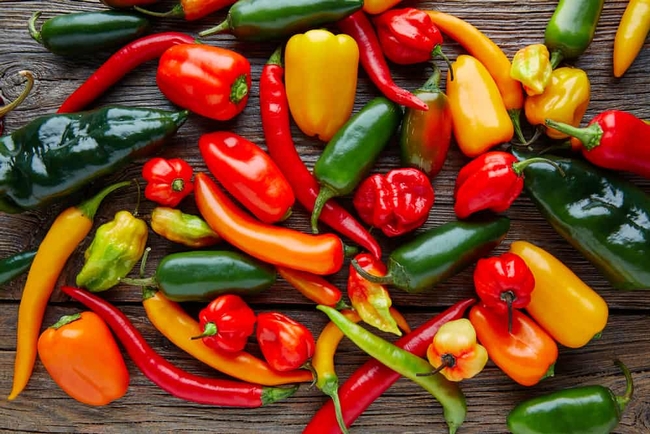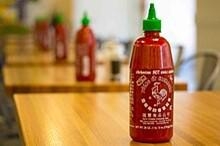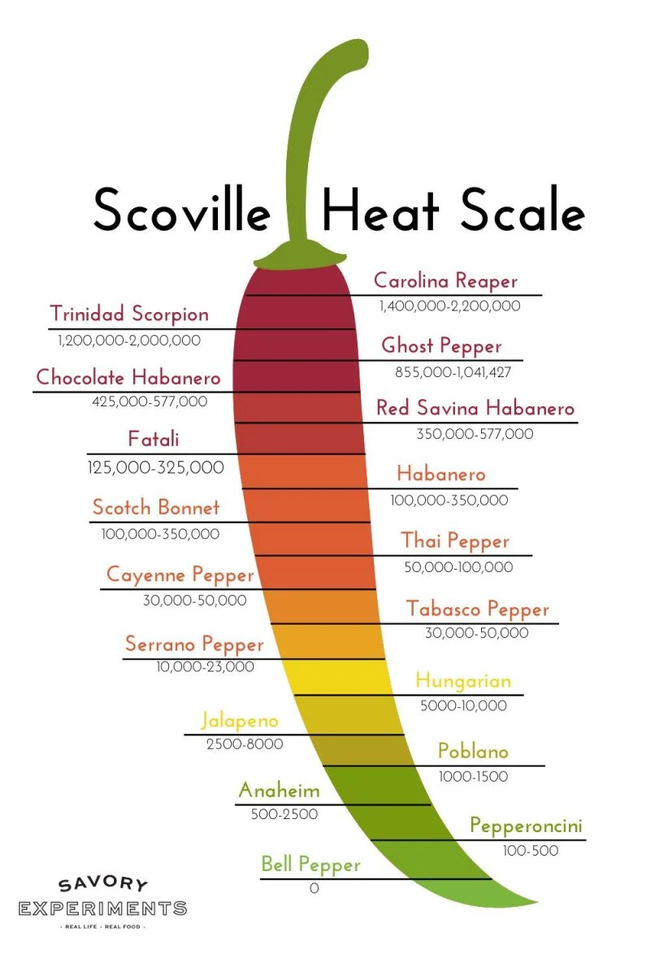There is so much to discuss when this subject presents itself – which way do you go?
If you choose the road most traveled, you will find yourself immersed in a plethora of information to which others also have access. The toughest challenge with that is not plagiarizing a particular article and submitting it as yours.
However, by taking the high road you can speak from the heart and share your personal experience with herbs. In this way you can put together a brief and, hopefully, interesting herbal bite which will draw folks into the world in which we herbal folks live.
Recently our MG Herb Study group met and reviewedchili peppers. What was amazing was the amount of knowledge the members of the group had to share: many of them presented a unique point of view on this exceptionally large group of herbs. Do you know if chilis are fruits or vegetables? Botanically speaking, chili peppers are a fruit but they are often prepared and eaten like a vegetable. Then too, drying chilis and grinding them into flakes or powder makes them also a spice! Amazing when you consider that chili peppers originated in South and Central America and were brought to the “Old World” by Christopher Columbus.
Have you ever tried to find a “Sriracha” pepper? I have – to no avail. Of course, I was approaching the search “manually;” that is to say I went from nursery to nursery asking if they had any “Sriracha” peppers. According to our group's research, there isn't one!
Sriracha is a chili “sauce” that originated in Thailand. David Tran, a Chinese immigrant from Vietnam, created and brought this flavorful creation to the United States. In 1978, he and three thousand other refugees crowded onto the Taiwanese freighter Heuy Fong and headed for Hong Kong. British authorities refused to allow them into Hong Kong for a month before finally relenting. They disembarked on January 19, 1979. Tran gained asylum in the United States and started a sauce manufacturing company called Huy Fong Foods, named after the ship on which he escaped Vietnam.Huy Fong Sriracha has been a staple in Asian restaurants and markets for over forty years. Quite the herbal history lesson!
People measure chilis for their pungency (spiciness or heat) in Scoville Heat Units (SHU). This scale, invented in 1912 by Wilbur Scoville (a pharmacologist), takes into consideration the amount of capsaicin in the chili pepper. Scoville used five volunteers and had them taste the pepper in solution, increasing the dilution until the volunteers could no longer sense the “heat”. The higher the dilution ratio, the hotter the pepper. A bell pepper rates 0 SHU, while the Carolina Reaper rates at 2,200,000 SHU. Fear the reaper!
As a youngster, I witnessed my father eating peppers, adding pepper pickling juice (vinegar) to his food to enhance the flavor of the meal. For years all of us kids were amazed how tolerable he was of the spiciness of peppers. However, it did catch up with him! As he aged, he began getting hiccups when the peppers got too hot for him. (I too suffer this hiccup symptom, but I don't overwhelm myself very often.)
The youth today are missing out on the feeling of accomplishment one gets from fixing a broken item, repairing a vehicle, and growing your own food. Even growing herbs as simple as peppers is rewarding, but few high school grads are interested in growing plants, let alone herbs. Truly, they know not what they are missing. The satisfaction of accomplishment! It tastes like fresh basil and rates at 2,000,000SHU!


